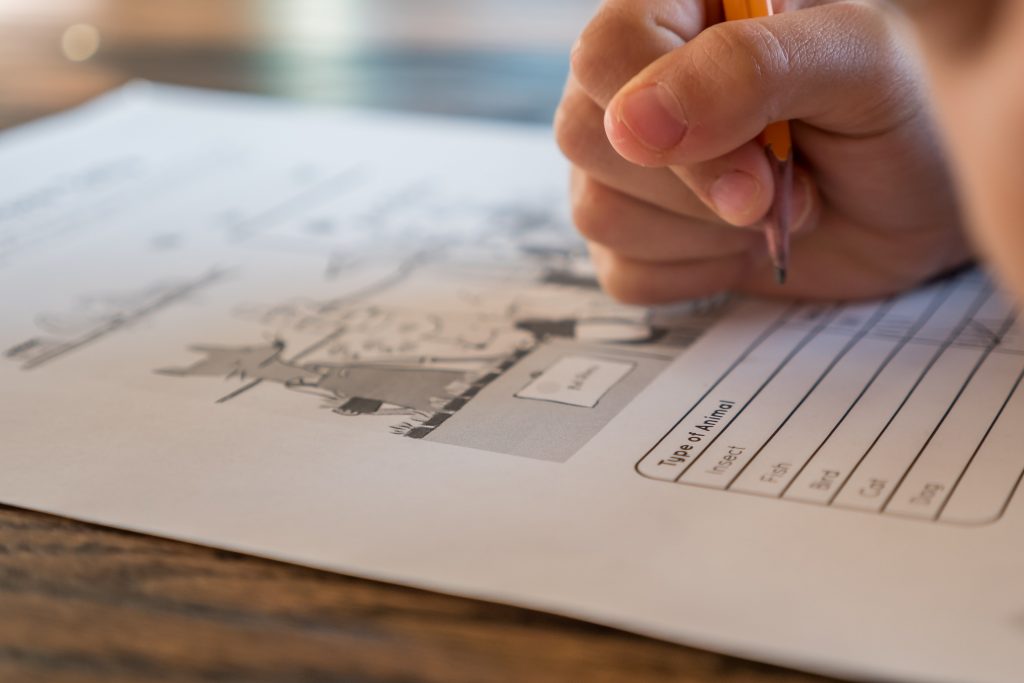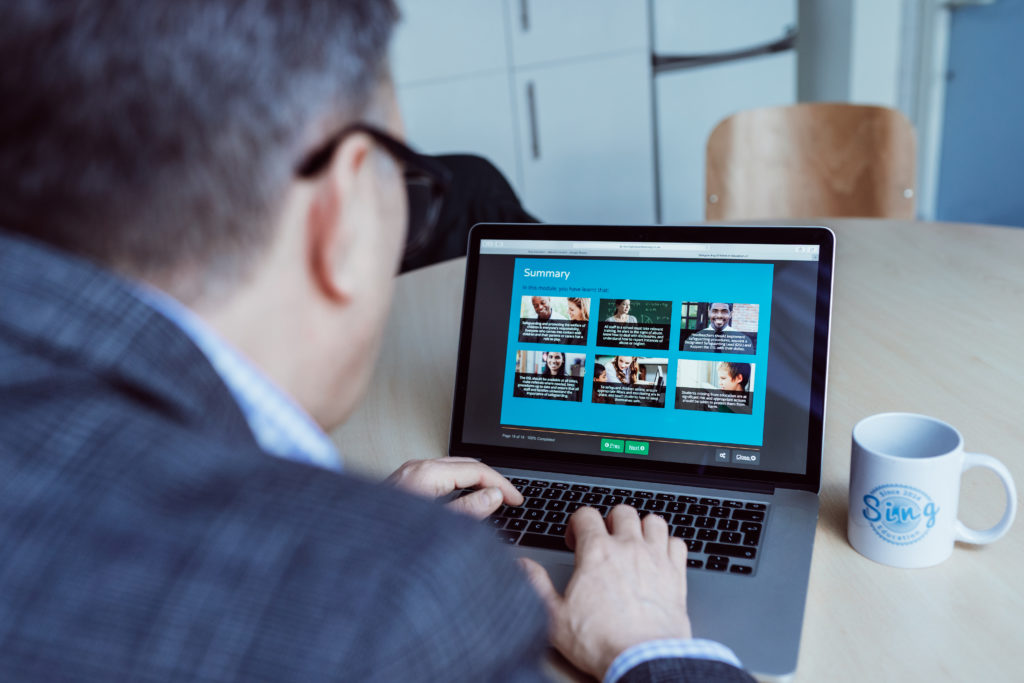
Most experts agree – remote learning is a means to an end. It’s not the end in itself. As a delivery route with many implementation choices, schools and teachers have great freedom to adopt and adapt lesson plans to optimise pupils’ at home learning experience.


In this article, Sing Education takes a closer look at what good remote learning looks like – what to expect for different pupil ages and learning key stages, what’s currently working well in schools for teachers, parents and children and lastly, what delivery gaps urgently need to be addressed.
Most experts agree – remote learning is a means to an end. It’s not the end in itself. As a delivery route with many implementation choices, schools and teachers have great freedom to adopt and adapt lesson plans to optimise pupils’ at home learning experience. Most importantly, remote learning isn’t meant to fundamentally change the direction of travel for education nor the key concepts that are being taught. Thus simply expecting students to sit in front of a screen for seven hours a day is not only counterproductive to learning outcomes, it’s also counter to the ethos of remote learning.
That said, the Department for Education1 has provided broad standards for what online teaching entails. These guidelines are certainly worth reiterating here:


Andrew Truby, Executive Headteacher2 at St Wilfrid’s Primary School and St Thomas of Canterbury School in Sheffield confidently declared at the start of term, “These are the most challenging times that we’ve lived through. But unlike in March, we’re now really well equipped for this situation. We are experienced at working quickly in schools to respond to the challenges of the pandemic.”
So what’s working in the classroom? Here are some of the best practices as identified by Ofsted, DfE and other educational experts:
More laptops. Accessible Internet. Better SEND provision.
According to the Independent5, “more than 880,000 children live in a household with only a mobile internet connection.” This means they don’t have a reliable, affordable way to connect to online lessons. Calls are afoot from a number of senior public figures such as former education secretaries and former PM Tony Blair, to encourage internet providers to offer free data as a critical means of bridging the technology gap exacerbated by the pandemic.
“A ‘digital divide’ among pupils means that many are unable to access or afford mobile devices or an adequate broadband connection, with technology firms being urged to do more to make data and devices available to those unable to afford to take part in remote learning.6”
Recent Ofcom data puts this divide in stark relief, revealing that between 1.1 to 1.8 million children in the UK (9% of the population) do not have home access to a laptop, desktop or tablet.7
In fact, “new research from Bath Spa University, in collaboration with nasen, has revealed the impact of the Covid-19 pandemic on pupils with Special Educational Needs and Disabilities (SEND). [The report] highlights concerns around the provision of specialist support for children and young people and the impact on Special Educational Needs Co-ordinators (SENCOs).
Remote learning holds great potential for both educators and pupils. It permits learning to progress despite mandated school closures and reduced in-person classroom contact.
For it to work well, remote learning should be designed to be age- and learning stage-appropriate for each pupil. Lessons should be meaningful, equivalent in length to core teaching and incorporate time spent in direct teaching, as well as independent work by students.
We’ve learned a lot since the UK’s first lockdown in March 2019.
The keys to solid remote learning delivery include keeping things simple, using asynchronous technique where it makes sense, offering children the means to flex their social skills and using a variety of interaction methods to gauge and encourage lesson engagement.
Lastly, we’ve seen that certain student populations are at disproportionate risk of adverse impacts from the pandemic – rooted in the widening digital divide that encroaches on their educational experience. Students without laptops or tablets. Students with special educational needs. Students whose only source of Internet access is a mobile device. These are the groups most likely to fall short of the promise of remote learning if schools, parents and teachers aren’t vigilant.
Sources:
